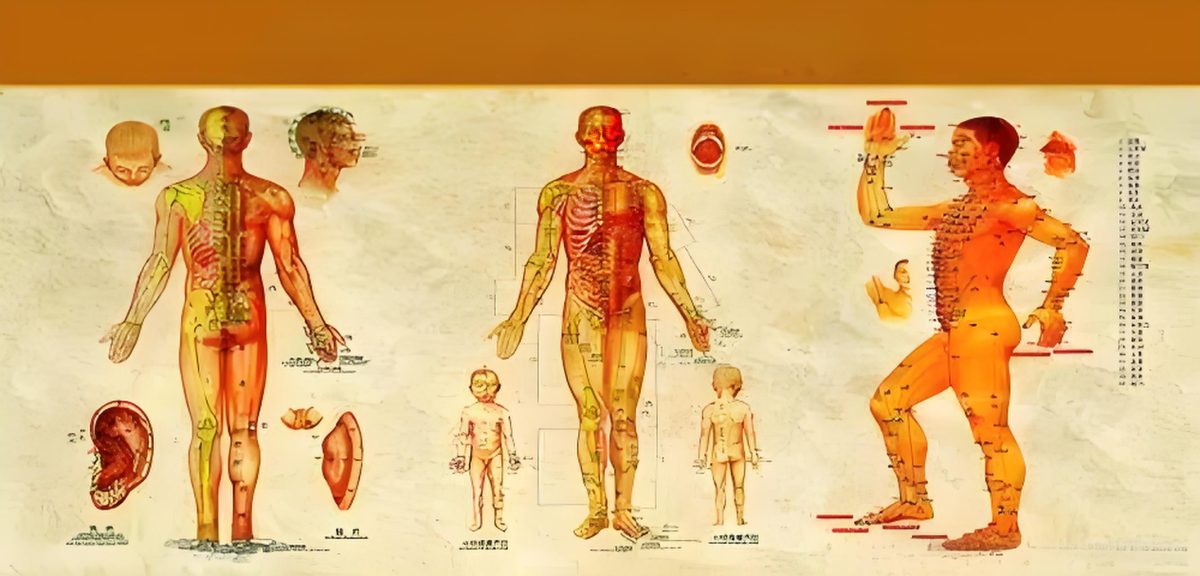Introduction
Traditional Chinese Medicine (TCM) is a treasure trove of ancient wisdom that has been nurtured over thousands of years. It offers a unique perspective on health and disease that is distinct from modern scientific approaches. This article delves into the theoretical framework of TCM, highlighting aspects that are not easily explained by modern science.
Yin-Yang and the Five Elements: The Fundamental Principles of the Universe
The concepts of Yin-Yang and the Five Elements (Wood, Fire, Earth, Metal, and Water) are foundational to TCM. They represent the dualistic and interdependent aspects of all things in the universe. These elements interact through generation and overcoming cycles, creating a dynamic balance that modern science struggles to encapsulate in its physical and chemical explanations. This holistic view of nature transcends the reductionist approach of modern science.
Qi and Blood: The Vital Essence of Life
Qi (vital energy) and blood are considered the dynamic forces that sustain life in TCM. Qi is the driving force behind all biological functions, while blood carries nutrients and oxygen throughout the body. Additionally, body fluids (Jin Ye) nourish and moisten the body’s tissues. The interplay and transformation of Qi, blood, and body fluids represent a comprehensive view of life’s dynamism, contrasting with the static analysis of life substances in modern science.
The Theory of Organ Manifestation: A Macroscopic Reflection of Organ Function
The theory of organ manifestation (Zang Xiang) in TCM attributes physiological functions and pathological changes to the states of the five viscera (heart, liver, spleen, lung, and kidney) and six bowels (galbladder, stomach, large intestine, small intestine, bladder, and triple burner). These organs are not merely anatomical structures but also represent functional systems that reflect the body’s interaction with the environment. This macroscopic functional description differs from the microscopic dissection and physiological analysis of modern science.
Meridian Theory: The Invisible Network Within
The meridian theory posits an intricate network of channels through which Qi and blood flow, connecting the body’s organs and tissues. These meridians are pathways not only for the circulation of vital substances but also for the transmission of information. Although modern technology has yet to visualize the physical structure of meridians, their efficacy in TCM practices continues to validate their existence.
Syndrome Differentiation and Treatment: The Essence of Individualized Therapy
Syndrome differentiation and treatment (Bian Zheng Liao Fa) is the core principle of TCM, emphasizing individualized diagnosis and treatment based on the patient’s specific condition, constitution, and environment. This approach values individual differences and is distinct from the modern scientific pursuit of universal laws, focusing instead on personalized and situational treatment strategies.
Conclusion
The theoretical system of TCM, with its unique perspectives and methods, provides an alternative explanation of life that diverges from modern scientific understanding. While some concepts may not yet find direct explanations in modern science, their practical effectiveness in TCM continues to demonstrate their profound utility and cultural significance. As our exploration of life sciences deepens, the distinctive theories of TCM are poised to offer new insights and perspectives to modern medicine.

